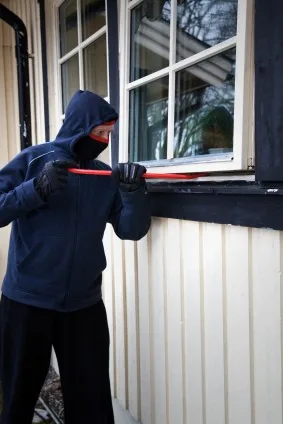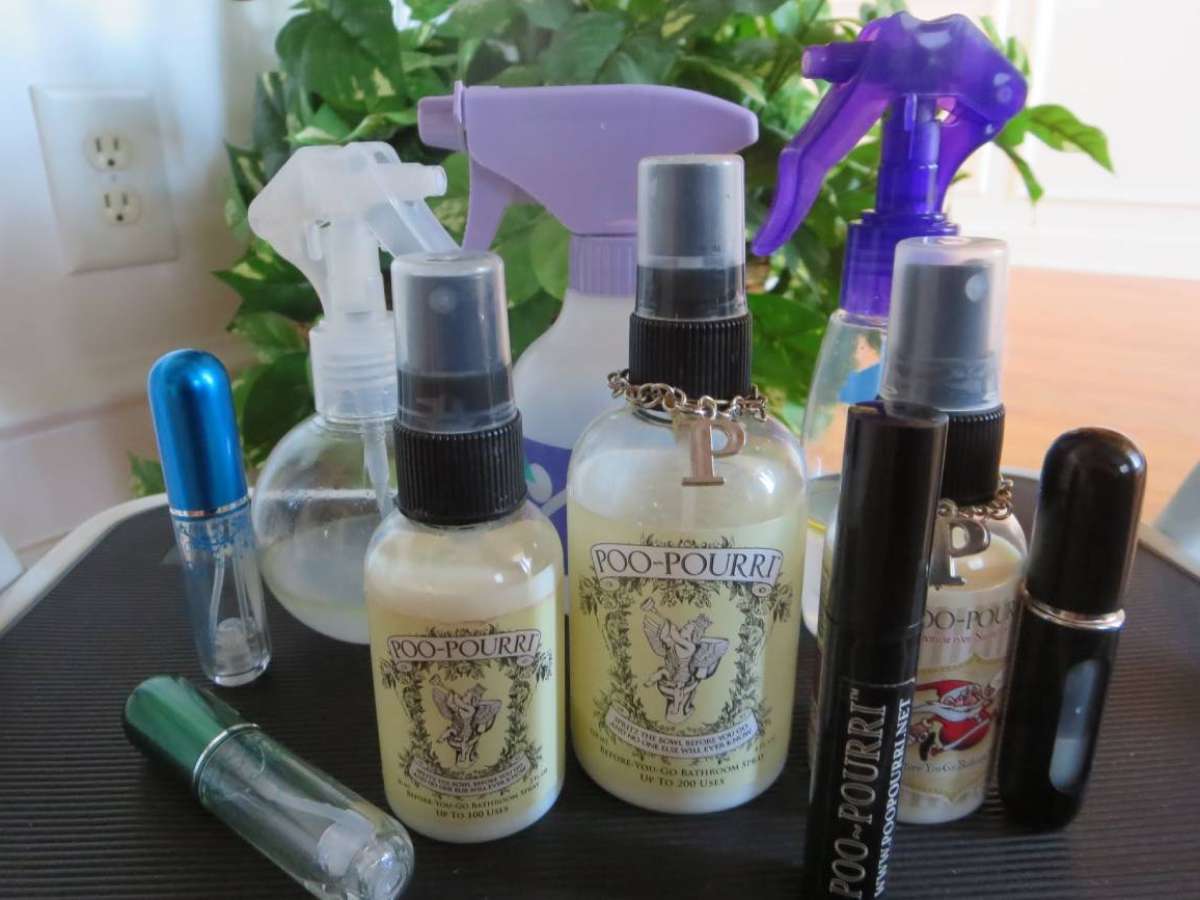 It may seem strange to think of it this way, but a burglar is a professional. He’s got his tools, his uniform, and his hours. And, like all professionals, he sees the world a certain way.
It may seem strange to think of it this way, but a burglar is a professional. He’s got his tools, his uniform, and his hours. And, like all professionals, he sees the world a certain way.
For example, city planners can’t drive down a street without thinking about its size and placement. I’m a copywriter, so I’m always critiquing advertisements. A burglar sweeps his laser gaze over every house he passes, searching for signs that it’ll be his next big score.
But what exactly are those signs? The U.S. Department of Justice recently released a study of burglary patterns that sheds some light on what criminals look for in their victims.
Here’s how to tell if your home is more likely than others to be burglarized, and what you can do about it…
DIY Home Security
If you happen to fall into one of the 3 following groups, then you may want to take some extra precautions to avoid being targeted by burglars.
These are a burglar’s 3 main targets:
#1 – Renters
The Justice Department found that people living in rental properties are at a higher risk for burglary across the board, regardless of who exactly lives there or how often they are home.
A second study, by the nonprofit Center for Problem-Oriented Policing, found that “neighborhoods with higher mobility — those with shorter-term residents — tend to have higher burglary rates.”
If you try thinking like a thief for a minute, this makes total sense — several units close together, full of people who don’t know each other, and lots of people coming and going all the time. Through burglar goggles, a high-rise looks quite tempting.
How To Avoid Being Targeted As A Renter
It’s easy to think of a rental property like a temporary space, not bothering to fix problems or get involved with the community because you won’t be there long. But that’s exactly the kind of attitude that burglars expect — and exploit.
If you’re renting, first do a security check:
- Replace locks, strike plates, and hinges if they’re not top-notch.
- Introduce yourself to your neighbors.
- Ask around about crime trends and community safety initiatives.
You might want to think about investing in a portable alarm system as well. Wireless technology means there are affordable home security options that you can install yourself. And you can even take them with you when your lease ends. It’s better than not having anything left to pack up!
#2 – Single Parents
According to the U.S. Department of Justice, “single heads of households living with children experienced the highest rates of burglary while no household member was present.”
Things look even worse for single mothers, who are the most likely demographic to face a burglar in their own home.
Why is this?
Most burglars don’t have a vendetta against single parents — they’re just looking for the most efficient score. Houses full of kids tend to also be full of valuable electronics. Plus only one adult on-site means there’s less chance of a confrontation.
How To Avoid Being Targeted As A Single Parent
Burglars have no real way of knowing you’re flying solo, so it’s easy to throw them off the scent.
Two simple ideas:
- Have an extra name on your mailbox and/or apartment directory.
- Put your magazine subscriptions in another name.
In addition, make sure that your kids have memorized the following:
- What to say when they answer the phone.
- The phone numbers of a few trusty neighbors.
- How to trigger your home security system if they ever need to.
Single parents have enough on their plates without keeping one eye on the bushes all the time. So take the time to rehearse with your kids exactly what they should do in the event of a burglary. You never know when that information might come in handy!
#3 – Recent Victims
You know that old TV detective saying about burglars always returning to the scene of the crime? Turns out it’s true.
The U.S. Department of Justice’s Center for Problem-Oriented Policing has been analyzing repeat victimization for years. One interesting discovery: homes that were recently broken into “are up to 4 times more likely to be burglarized” than homes that got passed over the first time.
It makes sense that thieves come back — if it ain’t broke, why fix it? Or rather, if it ain’t fixed, why not trying breaking in again?
How To Avoid Being Targeted As A Recent Victim
Studies show that “any subsequent burglary is most likely to occur within 6 weeks of the initial crime,” because burglars come back for the new stuff you bought to replace what they took the first time. Plus, they bank on the fact that you probably won’t have repaired anything in such a short time.
It’s up to you to prove them wrong! Here’s how:
- Fix the things that made you vulnerable the first time. Get on this right away, even if you still feel shaky. On top of being a vital practical concern, it’s also a good way to heal and start feeling safe again.
- Fix any physical damage that occurred from the break-in. That way scavengers can’t help themselves to the leftovers.
- Check every lock in the house.
- Spend the weekend doing a little home security landscaping.
- Invest in a security system, door braces, and light timers.
Anyone who’s lived through a home intrusion will tell you it’s definitely not something they want to do again. If you’ve already been victimized once, it’s worth it to do everything in your power to prevent it from happening again.
Cara Giaimo is a blogger for SimpliSafe, a leader in the wireless home security field. Cara covers issues regarding home security, safety, consumer technology, and crime. In her spare time, she likes running, jamming with friends, and making strange types of ice cream.
I like to help people find unique ways to do things that will save time & money — so I write about “outside the box” Household Tips and Life Hacks that most wouldn’t think of. I’m super-organized. And I LOVE to clean! I even enjoy doing laundry (but not ironing). I’m also a lifelong dog owner — so I often share my favorite tips for living with dogs inside your home (like smart home design choices and dog-friendly cleaning & decorating ideas). Career-wise, I’ve been sharing my best ideas with others by blogging full-time since 1998 (the same year that Google started… and before the days of Facebook and YouTube). Prior to that, I worked in Higher Ed over 10 years before switching gears to pursue activities that I’m truly passionate about instead. For example, I’ve worked at a vet, in a photo lab, and at a zoo — to name a few. I enjoy the outdoors via bicycle, motorcycle, Jeep, or RV. When I’m not cleaning, organizing, decorating, or fixing something… you’ll find me at the corner of Good News & Fun Times as publisher of The Fun Times Guide (32 fun & helpful websites). To date, I’ve personally written over 200 articles about cleaning, organization, DIY repairs, and household hacks on this site! A few have over 2M shares; many others have over 100K shares.





